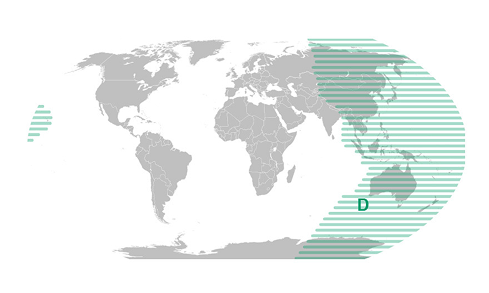
A Fresh Approach to Guiding Children
For many of us, the word "discipline" conjures up images of punishment and control: time-outs, verbal reprimands, withdrawing privileges, and even physical punishment. But if we look at its Latin root, discipline means "to teach" or "to learn."
That small shift changes everything. It reminds us that our role is not to enforce or control, but to teach and guide. Circle of Security Parenting (COSP) helps us see why this shift matters so deeply, and what it means for how we respond to our children.
Safety Before Learning
Attachment science is clear: children cannot learn when they don't feel safe.
Think about the last time someone criticized you. Did you feel more open to feedback and growth, or more focused on protecting yourself? When we feel unsafe, our brains shift into survival mode, not learning mode.
For children, this is even more pronounced. When they feel disconnected, threatened, or ashamed, their attachment system activates. In these moments, the brain cannot take in teaching or correction. Areas responsible for growth, reflection, and positive change shut down until a sense of safety is re-established.
And if our response is yelling, punishment, or isolation, the fear and shame that come with it often deepen the disconnection. We might see short-term compliance, but it doesn't come from a place of learning. It's about protection. Children comply to keep safe, not because they have internalized new skills.
A Different Way Forward
Circle of Security Parenting offers a relationship-based approach that transforms how we think about discipline. Instead of asking "How do I make my child behave?" we learn to ask a different question, "What does my child need right now?"
This shift helps us recognize that challenging behavior is often communication of a need. A child who hits might be saying, "I need help with these big feelings." A child who refuses to listen might be communicating, "I don't feel safe enough to be vulnerable right now."
When we respond to the need behind the behavior, we create connection rather than disconnection. We become the safe haven our children need to regulate their emotions and the secure base from which they can learn new skills.
At its heart, discipline as teaching is about helping our children understand that they can bring their needs to us and be met with comfort. It's about showing them that their feelings can be soothed and understood, and that exploration and growth happen best within the safety of our relationship.
Welcome to the Club
Every parent faces moments when their own emotions take over, when old patterns kick in, or when they respond from their own fears rather than their child's needs.
The goal isn't perfect parenting. It's about creating relationships where children feel genuinely safe and connected, where they can develop the emotional foundation for lifelong learning, curiosity, and growth.
When we embrace discipline as teaching, we transform not just our children's behavior, but their entire sense of security in the world.
Oh, and Welcome to the Club. We all struggle, and when we reflect on our relationship struggles, we can find new ways to offer security to our children.







